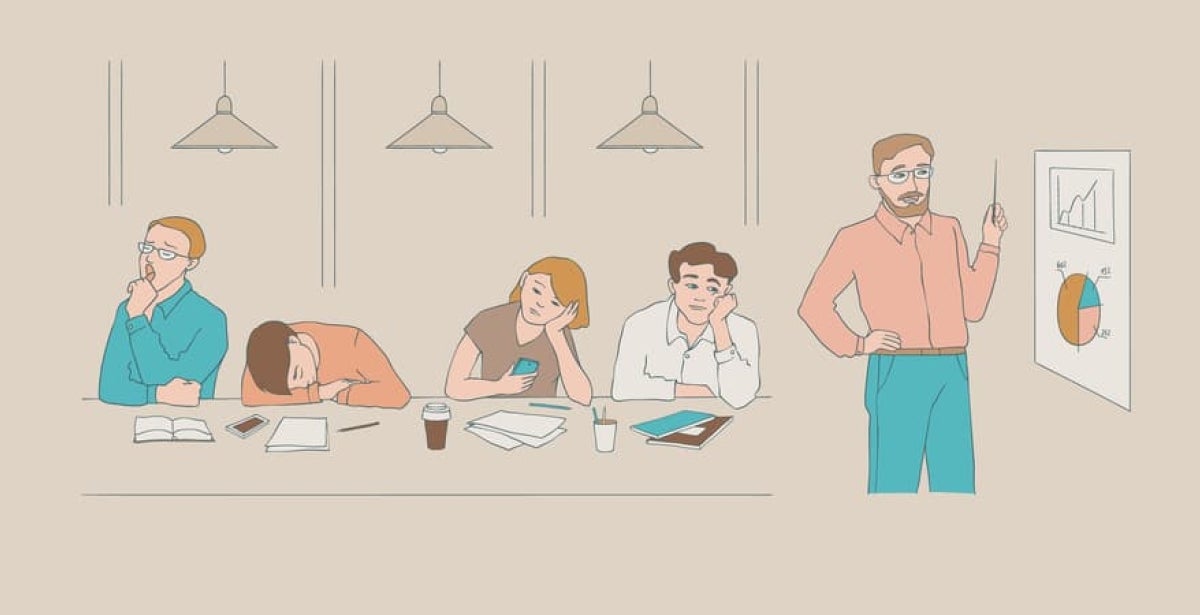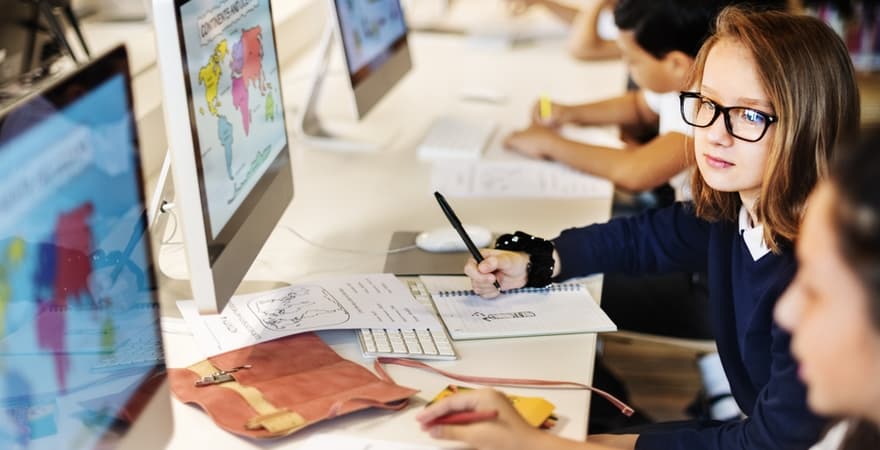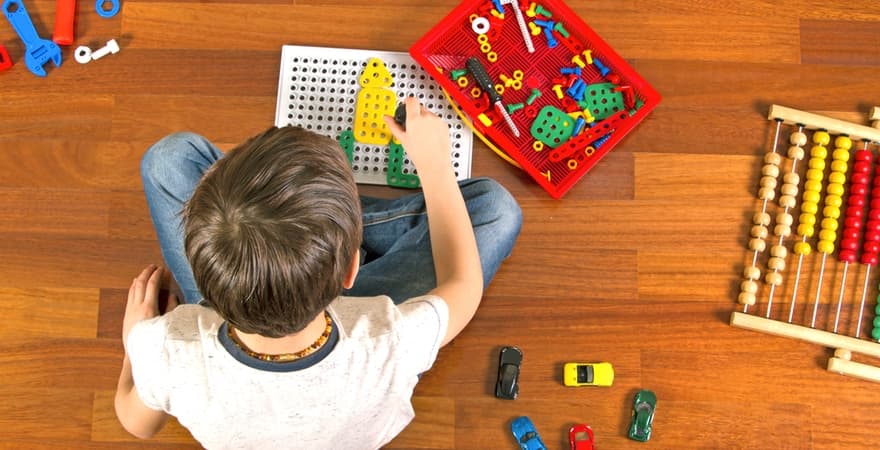
Trying to reach disengaged students? These five pedagogical approaches could help
JENNY BOND BIO: Jenny Bond has been teaching English and drama for two decades in private, public and selective high schools and primary schools in Sydney, Canberra and London. She is also a published novelist.
“How do I keep students engaged?”
This is a question that every teacher has to ask now and then. But today, more and more educators are becoming concerned about the lack of engagement they see in students - and its major effects.
A report by Grattan Institute found that 40 per cent of students in Australia are disengaged from learning, and falling up to two years behind their peers as a result. Another study showed that 70 per cent of year seven students found school engaging, but this dropped to 55 per cent for year nine students.
This can have a huge impact on the student’s future, especially considering obtaining a Year 12 certificate (or equivalent qualification) is linked with improved socioeconomic outcomes for young people.
It’s more evidence to suggest the critical link between student engagement, student behaviour and academic achievement. Little wonder, then, that educators are concerned.
So, what can teachers do to influence engagement in students? Can certain pedagogies help these students learn more effectively?
Pedagogy is an encompassing term for many strategies and actions that a teacher can take to influence learning in others - and as such, no single approach should be adopted in isolation. Instead, the approaches should be considered interchangeable, depending on the situation and the students’ needs.
With that in mind, here are five teaching pedagogies that can be utilised to boost student engagement.
Blended learning
Some teachers might argue there is nothing new about blended learning. Using a range of teaching resources and activities to provide individualised, student-centred learning experiences is fundamental to all educators.
To some extent, that’s true. With blended learning, the teacher incorporates face-to-face instruction, visual material, paper-based assessment, online research and games, and group activities. At its most basic, it is the mixing of traditional classroom practice with technology-based learning approaches.
So, how is blended learning different now? Mostly, it’s down to technology. Technological advances mean the accessibility of online resources enables the teacher and student to have a world of information at their fingertips.
What’s more, the connectivity that the Internet offers to students and teachers, particularly the ability to create online communities and support networks, enables a rich and diverse learning experience.
What does it look like?
In practice, blended learning could be as simple as three or more schools deciding to undertake the same project. Technology would allow students from schools around the country to communicate regularly and create shared learnings.
By using digital cameras, webcams, Skype, tablets, teacher-based instruction and textbooks, the students can share findings and data, and even create podcasts. Engagement levels skyrocket as the learning experience is varied and interesting.

Gamification
Albert Einstein suggested that games are the most elevated form of investigation. Games can be a powerful instrument for learning as they promote problem-solving, creativity, communication and cooperation among players.
Of course, you could be forgiven for not appreciating the value of gamification. To some, it seems like gamers spend too much time alone and in front of a computer screen.
However, when the principles of gaming are shifted into an environment where there is no game, such as a classroom, you have gamification. The principles are built on immediate, rapid feedback and can include points, leader boards, direct competitions and stickers or badges.
This pedagogical approach captures student interest and engagement because teachers are suddenly speaking the student’s language.
What does it look like?
At the most basic level, this could be the teacher awarding points for good work and behaviour, with a larger reward when a certain number of points are gained. The approach is similar to adults being rewarded for their loyalty at a café with a free coffee.
You could step gamification up a notch and use educational video games in the classroom. Games allow students to fail, problem-solve, persevere and overcome.
When kids are able to control the choices they make. The degree of autonomy they attain encourages students to take risks and fail, just as they would playing Fortnite in their living room.
Fun, play, instantaneous feedback and rewards are great motivators.
Computational thinking
In the past, education has focused on giving students information and hoping they retain it. But research has shown that it’s more powerful for students to apply what they have learned, as they are learning it.
Computational thinking is a way of solving problems, designing systems and understanding human behaviour by drawing on the concepts of computer science. It’s an approach to tackling challenging problems that allows students to draw parallels between what they’re learning and how they’re approaching a problem, and then forming an innovative solution to a real-life problem.
In essence, computational thinking is learning by problem-solving.
What does it look like?
Applying real-world context to lessons can allow students to recognise the relevance of what they’re learning. This discovery will increase engagement levels.
For instance, students in a science class might save the world by analysing real-time earthquake data and identifying patterns where seismic activity is clustered, forming their own hypotheses about how tectonic plates in certain areas of the world might be responsible.
Going further, students could predict where earthquakes might occur in the future.

Experiential learning
David A. Kolb’s theory of Experiential Learning is a method of learning through “hands-on” experience, or “learning through play”. Experiential learning is popular among childcare centres and preschools across the world.
Studies have shown that young children learn best through play - whether that’s with Play-doh or in the sandpit. Sadly, this approach seems to dwindle as children travel further along the educational path.
While not “playing” as such, experiential learning is a holistic approach, where the learning shifts from teacher-centred to teacher-facilitated, and students learn from reflecting on different ‘doing’ experiences. The learner is an active participant in the learning process, not a disengaged bystander.
A key feature of experiential learning is the students’ responsibility to evaluate their own progression through the learning process via constant reflection. This approach is all about student autonomy.
What does it look like?
Experiential learning can be as simple as taking a class to the zoo to experience the animals, rather than reading about them in a book. Encourage a group commentary on the animals’ natural environment and survival habits at each exhibit.
Once back at school, ask students to prepare five questions of their own related to the content. When they have researched and devised answers, split the students into pairs and ask them to test each other with their questions.

Embodied learning
Embodied learning is an educational approach that not only offers an intellectual way of teaching but also involves the whole body. The embodied learning method is based on the idea of an inseparable link between body and mind in learning, aiming for teaching methods that promote the active engagement of children in the classroom.
For instance, kids in preschool might learn to count while throwing small sandbags to each other. By making learning physical, learning could be more effective.
What does it look like?
This might play out as something as simple as Lego building, which requires students to use different mathematical, problem-solving and creative skills to build complex structures.
Kinect-based educational games are taking embodied learning to a new level. Schools are now making use of advanced gaming systems using motion sensors which allow students to combine physical gestures with thinking in order to find solutions to puzzles.
Maths games that require students to jump on the correct answer to a maths problem create a vital link between mind, body and learning.
A Master of Education with ECU Online equips current and future school leaders with the skills to lead with confidence and create positive outcomes for students, families and communities.
Find out more about the online Master of Education at ECU. Get in touch with an enrolment advisor on 1300 707 760.



